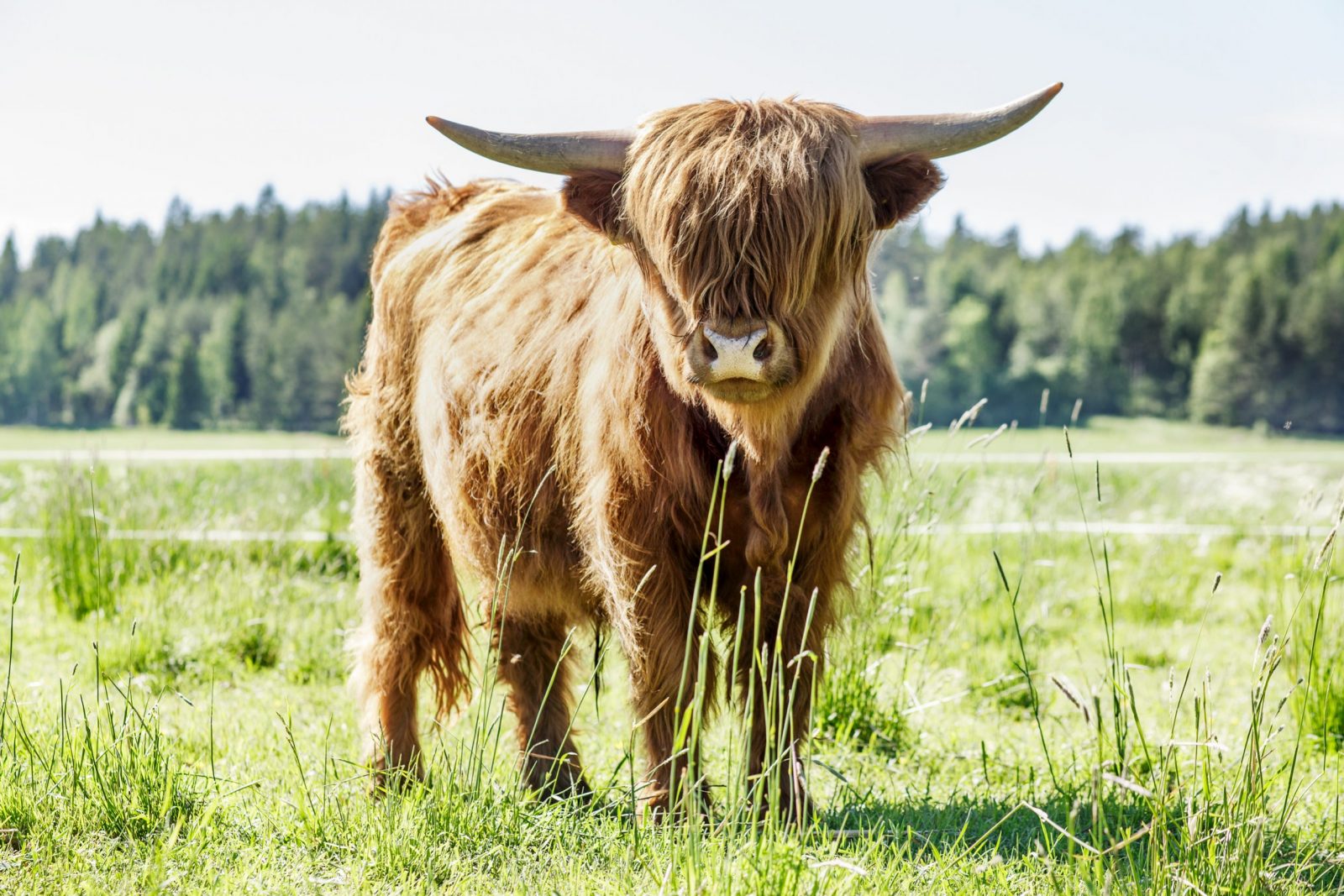QVIDJA FARM, PARAINEN
The Qvidja pilot farm, located in Parainen by the Baltic Sea in southwest Finland, has a long history. A medieval grey stone castle stands in the courtyard, and the farm’s land has been cultivated for over a thousand years. Nowadays, the farm is experimenting and researching nutrient recycling, environmentally friendly, and carbon-sequestering agriculture that does not burden the Baltic Sea with nutrient leaching. Among other things, the fields are being used for intensive Carbon Action research.
HOW DOES THE CARBON STOCK OF THE EXPERIMENTAL AREA CHANGE?
AT THE FARM, GRAZING, FIELDS AND FORESTS ARE INTEGRATED IN THE BEST POSSIBLE WAY
Qvidja’s fields are cultivated with a focus on carbon sequestration, using renewable inputs and minimal pesticides. Carbon sequestration in agriculture began by improving soil structure through grass cultivation.
The fields have transitioned to a crop rotation system where native species and nitrogen-fixing plants play an essential role. The crop rotation utilizes plants with different characteristics that complement each other, contributing to soil biodiversity and its ability to sequester carbon. This improves soil structure and helps control weeds. The aim is to keep the soil covered with vegetation throughout the year. Soil tillage is minimized as much as possible since it releases carbon from the ground into the atmosphere and reduces plants’ ability to sequester carbon.
Well-managed rotational grazing is one of the most effective ways to sequester carbon in farmland. Horses, Highland cattle, and sheep graze Qvidja’s land. The selection of animals considers the overall system and the fundamental principles of the farm. The combination of horses, cattle, and sheep ensures the best grazing and forage utilization, for example, to control parasites. When grazing, fields, and forests are integrated in the best possible way, they also become ideal for biodiversity conservation.
MEASUREMENTS IN A NUTSHELL
Qvidja employs continuous measurement devices to assess the amount of carbon the fields sequester or emit at specific times. These measurements enable the quantification of carbon sequestration in the soil.
Additionally, the soil conditions, such as temperature and moisture, are monitored using sensors, and the vegetation cover of the fields is analyzed using satellite imagery.
In addition to measurements, carbon sequestration is studied by combining the collected data with mathematical modeling. Qvidja Estate utilizes modeling and measurements to create the world’s first daily forecast of carbon sequestration in grass fields.
For more detailed information about Qvidja’s measurements, please explore further.
